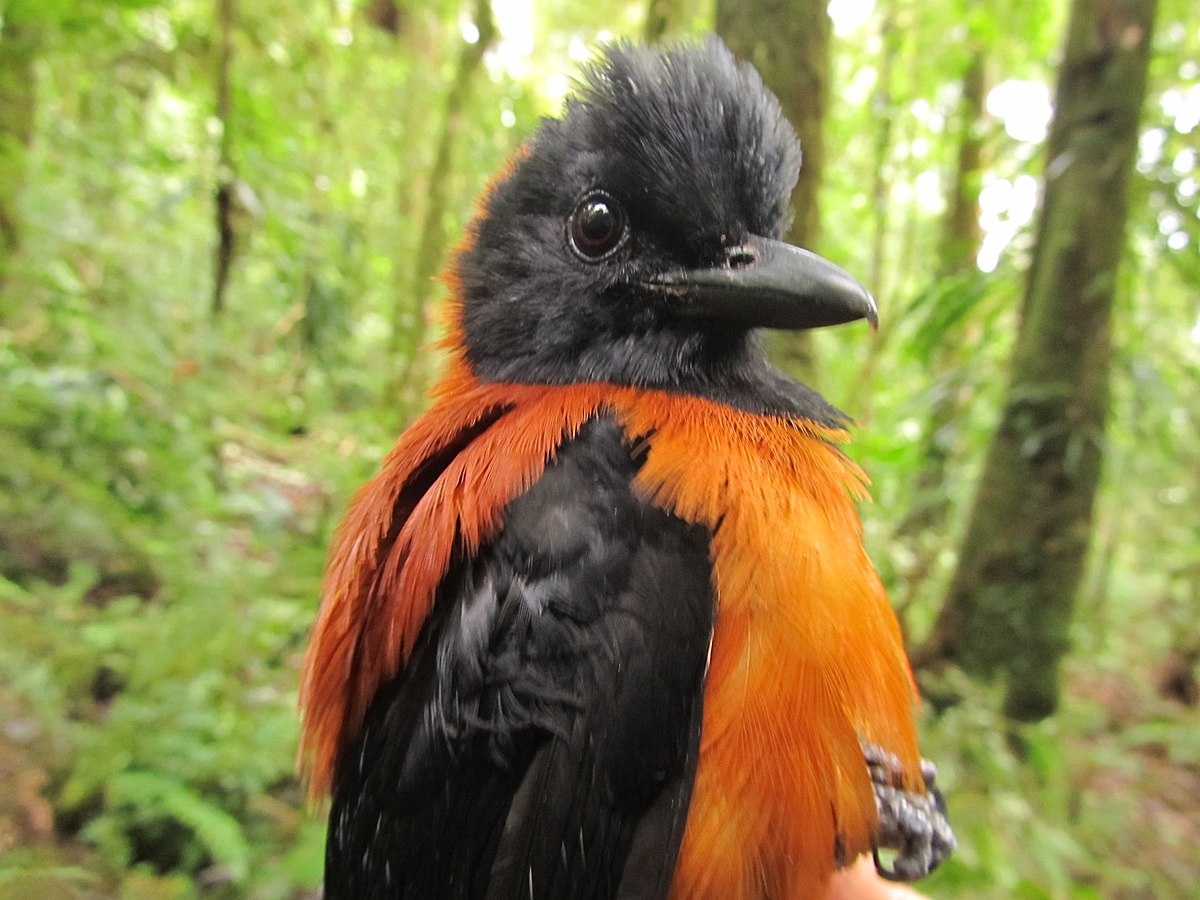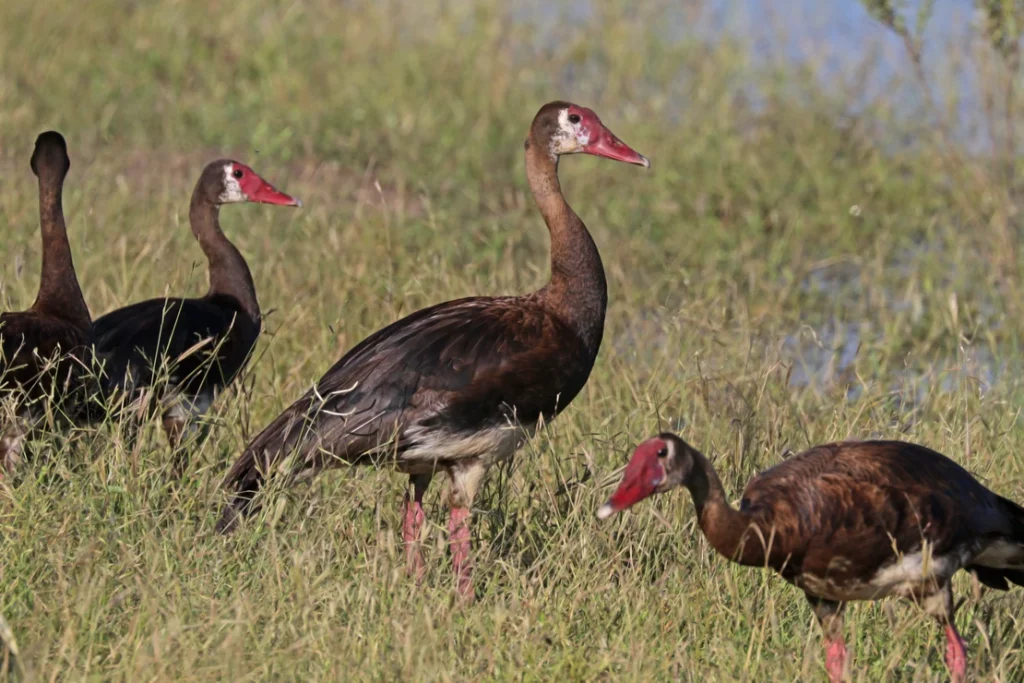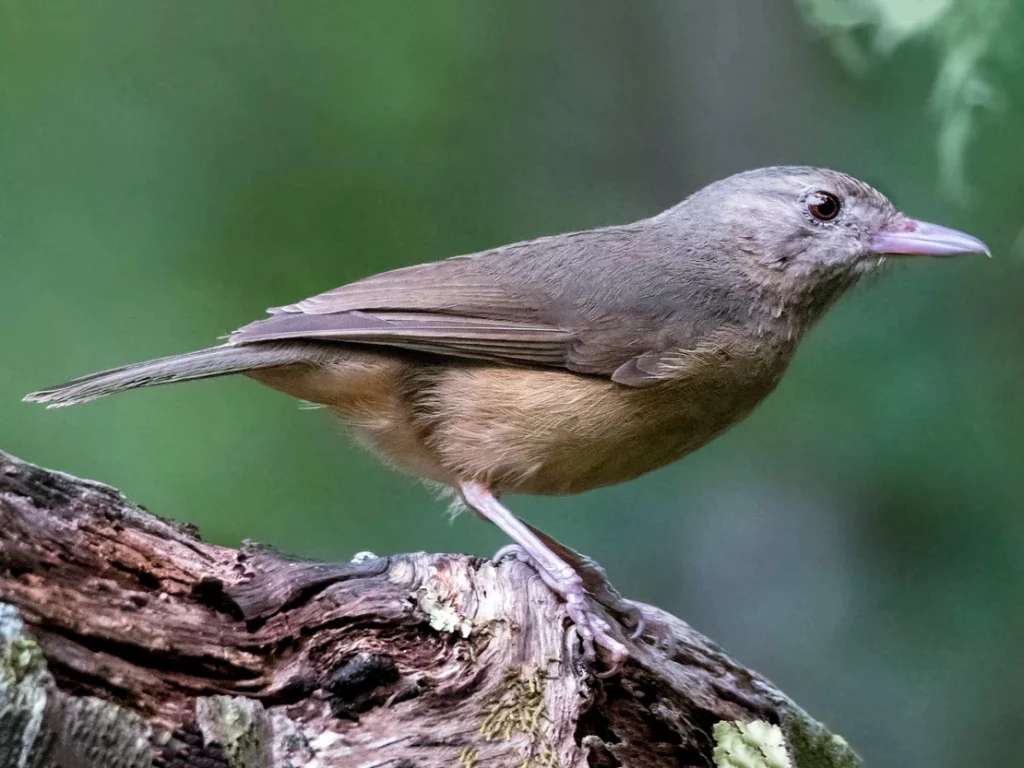Today we are finishing the three remaining species of toxic birds;
3. Hooded pitohui (Pitohui dichrous)
scientific classification:
Kingdom: Animalia
Phylum: Chordata
Class: Aves
Order: Passeriformes
Family: Oriolidae
Genus: Pitohui
Species:P. dichrous

(©Wikipedia: Hooded pitohui: https://en.wikipedia.org/wiki/Hooded_pitohu)
This is the most toxic bird. The Hooded pitohui has batrachotoxin compounds in its feathers and skin just like the Blue-capped Ifrit. The male and female Hooded pitohui look alike, they weigh around 65-76g and their length is 22-23cm. This bird is a social one so it lives in a family group and even leads mixed-species foraging flocks! They get their toxins from their diet, specifically from the Choresine beetle, the Blue-capped ifrit also has a similar quality which I forgot to mention earlier in my previous blog post. The Hooded pitohui has been known to the locals and was recorded by Western scientists as far back as 1895. So this bird is actually widespread and common in New Guinea.
conservation status: Least concern
4. Spur-winged goose (Plectropterus gambensis)

(©Wikipedia: Spur-winged goose: https://en.wikipedia.org/wiki/Spur-winged_goose)
scientific classification:
Kingdom: Animalia
Phylum: Chordata
Class: Aves
Order: Anseriformes
Family: Anatidae
Genus: Plectropterus
Species: P. gambensis
This is a very intriguing bird, it has a large red facial patch and a distinctive ”cherwit” when taking wing or alarmed. This species is seen often in open grasslands with lakes, rivers, river deltas, and swamps. The Spur-winged goose gets the toxins from blister beetles. These toxins called cantharidin resides in the tissue of the goose, so eating a Spur-winged goose could poison you.
(Fun fact!: 10 mg of cantharidin could kill a human 
This is a large goose especially for one in the wild, we might as well say that seeing them gives you the GOOSEBUMPS…

(Range of the spur-winged goose.) ⬆
conservation status: Least concern
5. Arafura shrike- thrush (Colluricincla megarhyncha)
scientific classification:
Kingdom: Animalia
Phylum: Chordata
Class: Aves
Order: Passeriformes
Family: Pachycephalidae
Genus: Colluricincla
Species: C. megarhyncha

(©ebird.org: Arafura shrike thrush: https://ebird.org/species/rufsht)
The Arafura shrike- thrush is a bird that’s found in Australia, Indonesia, and New Guinea, it’s natural habitat are subtropical or tropical moist lowland forests, and subtropical or tropical moist montane forests (credit Wikipedia). It’s part of a family called Pachycephalidae which consists of whistles, shrike thrushes, and three of the pitohuis. It deprives its toxicity of batrachotoxins just like the Hooded pitohui and the blue-capped ifrit. This bird is also part of a family called the little shrike thrush which splits into seven species (including this bird) :
Variable shrikethrush, (Colluricincla fortis)
Waigeo shrikethrush, (Colluricincla affinis)
Mamberamo shrikethrush, (Colluricincla Obscura)
Tagula shrikethrush,( Colluricincla discolor)
Sepik-Ramu shrikethrush, (Colluricincla tappenbecki)
Rufous shrikethrush, (Colluricincla rufogaster)
conservation status: Least concern
Alhamdulilah we’ve finished the sequel for the toxic birds, who would have imagined that birds could be toxic! Hope you enjoyed this sequel, until the next post Assalamu Alaikum wa rahmatu Allah wa barakatuh.

Abdurrahman is a wildlife fanatic who absolutely loves nature and the outdoors, he is regularly birdwatching and photographing wildlife. If you can’t find him birding or crouching behind a patch of reeds taking photos of waders, you will probably find him trail-running or cycling in the closest national park.

Interesting facts, although the first bird (the hooded pitohui) seems quite beautiful and it would not occur to me that it is poisonous…
As the saying goes: ”never judge a book by its cover”. 😆